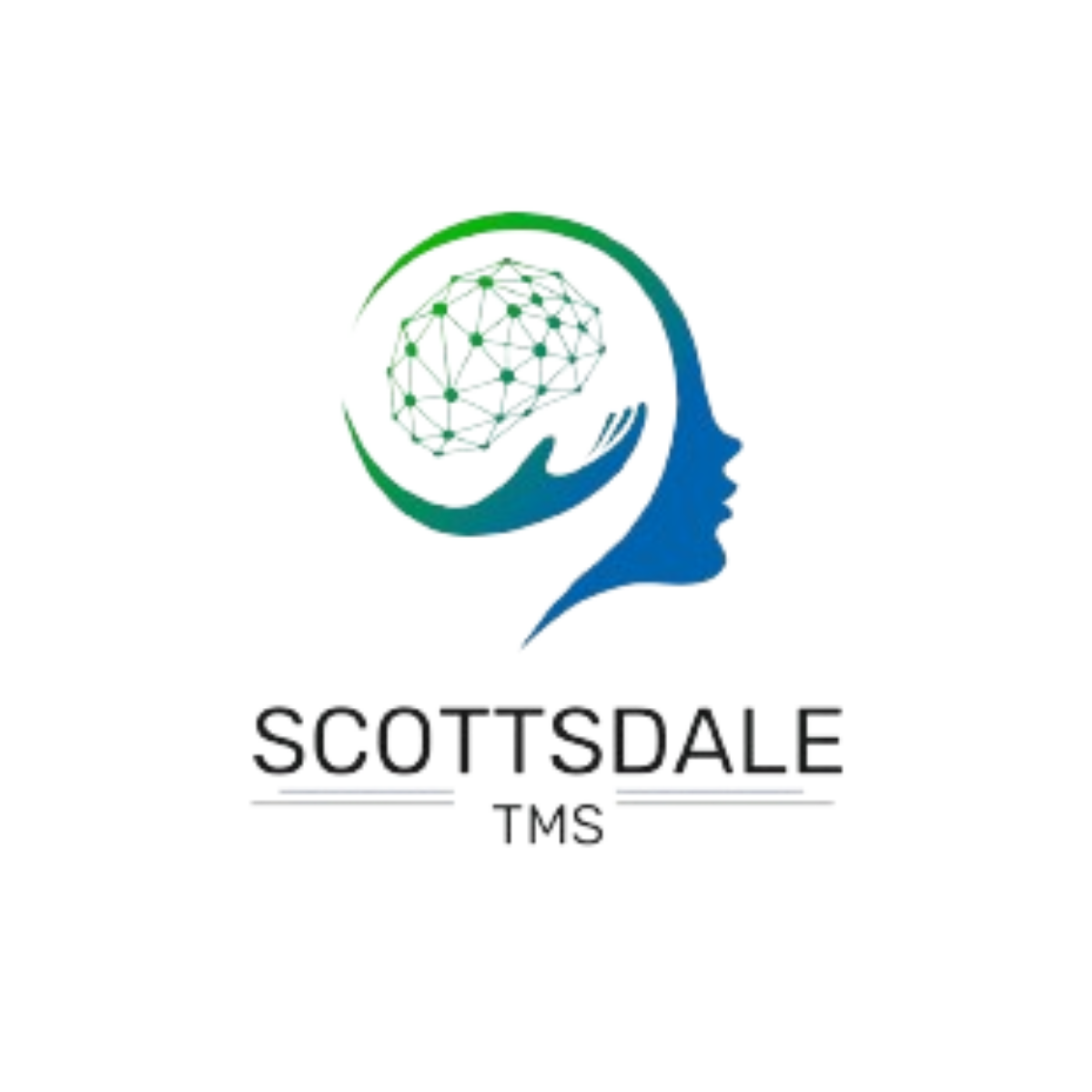Transcranial Magnetic Stimulation (TMS) therapy is gaining popularity as an effective treatment for depression, anxiety, and other mental health conditions, especially for people who have not found relief with medication. But a common question people have is: Is TMS therapy painful?
In this article, we’ll dive into what TMS therapy feels like, explore potential side effects, and explain what you can expect during a session.
Questions Answered in This Article:
Our Treatment Centers

Scottsdale Rehab
Luxury Personalized Rehab

Hart Rehab
Holistic Luxury Personalized Rehab

Scottsdale Detox
Luxury Medical Detox
TMS Therapy Overview
Transcranial Magnetic Stimulation (TMS) is a groundbreaking treatment option for people dealing with mental health disorders, particularly treatment-resistant depression. People who don’t respond well to traditional treatments like medication or talk therapy often turn to TMS. Recently, it has also been used to treat other conditions, such as obsessive-compulsive disorder (OCD).
TMS is a noninvasive treatment, meaning it doesn’t require surgery or anesthesia. Instead, it uses a magnetic coil to stimulate specific areas of the brain. The targeted area is usually the prefrontal cortex, which plays a significant role in mood regulation. TMS therapy helps restore normal brain activity by delivering repetitive magnetic pulses.
What To Expect in TMS Therapy
The FDA-approved treatment requires daily treatment sessions over several weeks. Each TMS session typically lasts around 30 to 40 minutes. Many patients report improvement after just a few weeks of treatment. Most patients receive TMS therapy 5 days a week for 4 to 6 weeks.
The treatment plan will be discussed with you beforehand so you can plan your schedule accordingly. Despite the frequency of sessions, many people appreciate the short time commitment and the fact that there is no recovery time required after each session.
After each session, you can immediately resume your normal activities, such as driving, working, or exercising. There is no downtime or recovery period, which makes TMS an appealing option for people with busy schedules.
Some compare TMS to electroconvulsive therapy (ECT), but unlike ECT, TMS doesn’t involve seizures or anesthesia. TMS is a gentler option for many who struggle with the side effects of more invasive treatments.
Is TMS Therapy Painful?
TMS therapy is not generally painful. However, the level of discomfort can vary between individuals. While TMS is considered noninvasive, it does involve a magnetic coil that sends pulses directly to the brain.
For some, this creates sensations that can feel strange or even uncomfortable, but most do not describe these sensations as painful.
Pain levels can also vary depending on the type of TMS used. For instance, Deep TMS penetrates deeper into the brain and may produce a stronger tapping sensation compared to regular TMS. However, even with Deep TMS, the discomfort is usually mild and temporary.
What Does TMS Feel Like?
The sensation during a TMS session is often described as a rhythmic tapping sensation on the head. This tapping is the result of the magnetic coil stimulating the brain with magnetic pulses. The sensation is localized to the area where the coil is placed, typically near the forehead. While this might sound unsettling, most patients quickly adjust.
Some people report a tingling feeling in the scalp, while others might feel slight facial muscle twitches due to the stimulation. The overall experience is generally tolerable. Most patients can easily complete the session and go on with their day.
Side Effects of TMS Therapy
Like any medical treatment, TMS therapy can cause side effects, but the good news is that they are generally mild and temporary. Compared to other brain stimulation therapies, TMS is considered to have minimal risks. Common side effects may include:
- Headaches
- Scalp Discomfort
- Lightheadedness
- Muscle Twitching
In very rare cases, TMS therapy can trigger seizures in individuals with a history of epilepsy or other seizure disorders. However, the risk is extremely low, especially when the therapy is administered by a trained professional.
Finding TMS Treatment Near Me
TMS therapy is a non-invasive and well-tolerated treatment that offers hope to individuals struggling with conditions like depression and anxiety. If you’re considering TMS, knowing what to expect can help ease any concerns and prepare you for a successful experience.
When choosing a provider, it’s important to ensure they use FDA-approved devices and follow proper safety protocols. Be sure to ask about their experience with TMS and whether they offer personalized treatment plans tailored to your specific needs.
Most clinics will schedule an initial consultation where a healthcare provider will review your medical history and determine if TMS is the right treatment option for you. They’ll also explain the procedure in detail, including what to expect during your treatment sessions.
At Scottsdale TMS Therapy, our doors are open for people seeking help. Explore comprehensive treatment plans that address your specific needs by connecting with our team.

